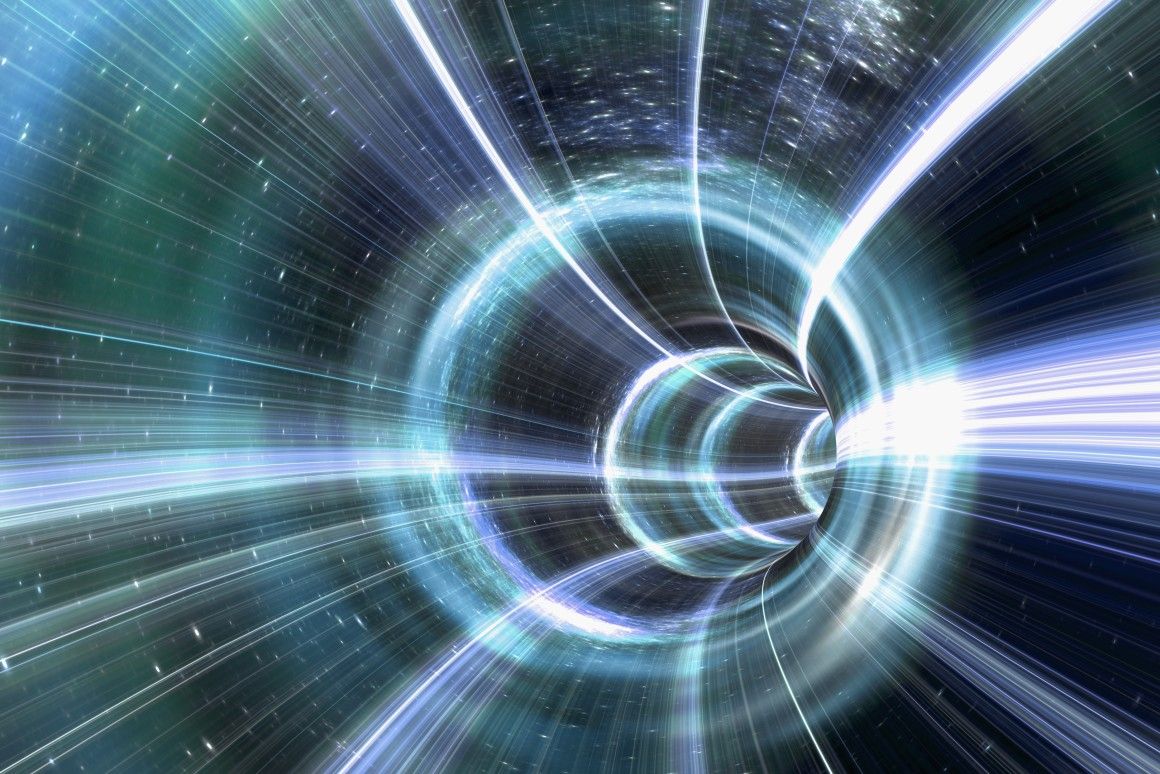Scientific researchers have set a new speed record for quantum teleportation, achieving a rate of 7.1 qubits per second. This breakthrough marks a significant step towards the development of a fast and wide-reaching quantum internet.
Quantum teleportation involves transmitting quantum information over long distances using a combination of quantum entanglement and classical communication. While this concept has been successfully demonstrated in various quantum light systems, from laboratory experiments to real-world tests, previous limitations have prevented the teleportation system from achieving high rates of transfer. For example, although scientists have been able to teleport quantum information using the Micius satellite in low-Earth orbit over distances exceeding 1200 km, no system has reached a rate of teleportation in the order of Hertz. This has hindered the potential applications of the quantum internet.
However, a team of scientists, led by Prof. Guangcan Guo and Prof. Qiang Zhou from the University of Electronic Science and Technology of China (UESTC), in collaboration with Prof. Lixing You from the Shanghai Institute of Microsystem and Information Technology of the Chinese Academy of Sciences, have made significant advancements in teleportation speed. They have published a paper in Light Science & Application, detailing their achievement of a teleportation rate of 7.1 qubits per second using the ‘No. 1 Metropolitan Quantum Internet of UESTC’.
This breakthrough sets a new record for quantum teleportation over a metropolitan range.
Prof. Qiang Zhou, corresponding author of the study, explains that achieving high-speed quantum teleportation outside of a laboratory presents many challenges. However, this experiment demonstrates that these challenges can be overcome, thereby establishing a significant milestone in the development of the future quantum internet. One of the main challenges in a real-world quantum teleportation system is performing the Bell state measurement (BSM).
To ensure successful teleportation and improve the efficiency of BSM, the photons of Alice and Bob need to be indistinguishable at Charlie after being transmitted over long distances through fiber. The research team developed a fully running feedback system that enabled the fast stabilization of the path length difference and polarization of the photons.
Additionally, the team utilized a single piece of fiber-pigtailed periodically poled lithium niobate waveguide to generate entangled photon pairs, creating a high-quality quantum entangled light source with a repetition rate of 500 MHz.
High-speed quantum teleportation using quantum optics requires highly sensitive photon sensors to maximize the collection of events. Prof. Lixing You, along with colleagues from Photon Technology Co., LTD, provided high-performance superconducting nanowire single-photon detectors for the experiment. These detectors have excellent efficiency and minimal noise, enabling the achievement of high-efficiency BSM and quantum state analysis.
The teleportation fidelities were calculated using both quantum state tomography and decoy-state methods and were found to be well above the classical limit of 66.7%. This confirms that high-speed metropolitan quantum teleportation has been successfully achieved.
The No. 1 Metropolitan Quantum Internet of UESTC aims to develop a high-speed, high-fidelity, multi-user, long-distance quantum internet infrastructure by integrating quantum light sources, quantum repeaters, and quantum information nodes. The team predicts that this infrastructure will further promote the practical application of the quantum internet.
*Note:
1. Source: Coherent Market Insights, Public sources, Desk research
2. We have leveraged AI tools to mine information and compile it




